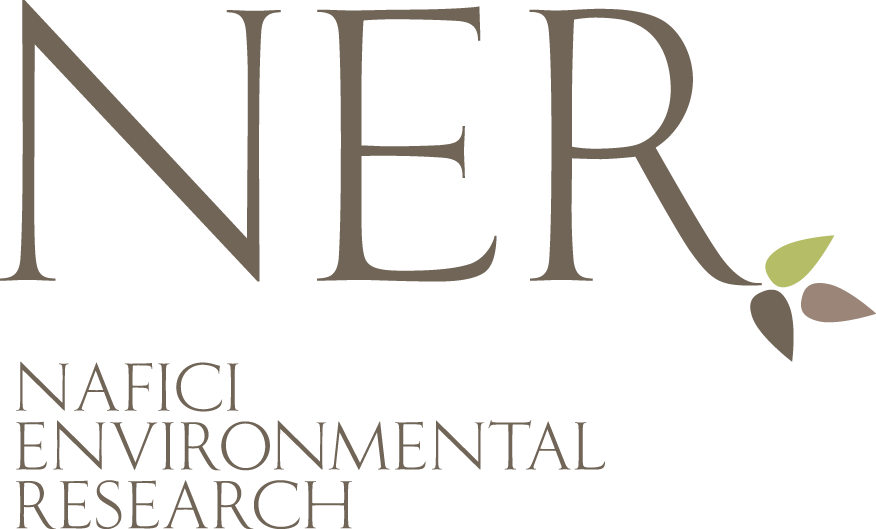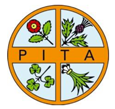Our wheat straw pulping process produces a fibrous by-product. We have worked closely with Green Growth Platform in the past and were delighted when they put us in touch with their colleagues at the University of Brighton with a view to analysing our by-product and testing its suitability as a soil conditioner and fertiliser. With this in mind Brighton tested its properties in their laboratories for its physical characteristics and also in a greenhouse for its growing capabilities.
The tests found that our solid by-product could qualify as a soil additive to increase the water holding properties of growing media, in a similar way to other water retaining materials (e.g. perlite, water retaining granules, gel, etc.) This would reduce watering frequency and thus promote more sustainable horticultural practices. According to Wetlands International, peat extraction, as well as the drainage of peat soils for forestry and agriculture is a major threat for the release of carbon from peatlands. This threat highlights the current need to develop sustainable and alternative growing media to peat based compost. Our by-product could be a good way to reduce the carbon footprint and at the same time improve the sustainability of paper production. Not only does our pulping process use a readily available and sustainable fibre source, it produces a by-product with great potential for agriculture.
This has come as welcome news to Nafici Environmental Research and we are grateful to Green Growth Platform and the University of Brighton for their help and support.
Sources:
‘Carbon Emissions from Peatlands’ www.wetlands.org
‘A project commissioned for Nafici Environmental Research in collaboration with the Green Growth Platform’, Dr Maureen Berg, University of Brighton








